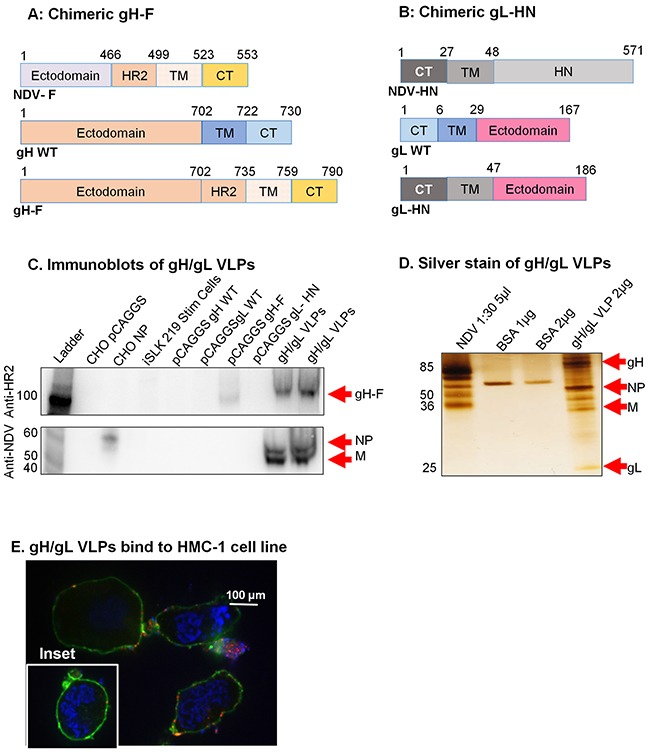Figure 4. Construction of KSHV gH-F/gL-HN and characterization of KSHV gH/gL VLPs.

A. gH-F plasmid constructs (not to scale) showing full-length NDV-F (top), full-length/wild-type (WT) gH (middle), and chimeric gH-F (bottom). B. gL-HN plasmid constructs (not to scale) showing full-length NDV-HN (top), full-length/WT gL (middle), and chimeric gL-HN (bottom). C. Purified gH/gL VLPs, CHO cells transfected with pCAGGS, pCAGGS-NP, -gH WT, -gL WT, -gH-F, gL-HN, and lytically induced iSLK KSHV-eGFP expressing cells were lysed in RIPA buffer and analyzed by immunoblot with polyclonal anti-NDV F HR2 and anti-NDV. Anti-HR2 detected gH-F in 5 μg and 10 μg gH/gL VLPs (lanes 9-10) and in CHO gH-F cells (positive control, lane 7), but not other samples (negative controls). Anti-NDV (bottom panel) detected NP alone in CHO NP (positive control, lane 3), and NP and M in gB VLPs (lanes 9-10), but not in other samples (negative controls). For detection of gL-HN using polyclonal antibody raised from mice immunized with gH/gL VLPs see Supplementary Figure 2. D. Silver stain was used to visualize VLP purity relative to purified NDV. Arrows indicate viral/VLP components in 5 μl purified NDV diluted 1:30 (lane 1), and 2 μl purified gH/gL VLPs diluted 1:40 (lane 4). Lanes 2 and 3 were loaded with 1 μg and 2 μg BSA, respectively for protein quantification. E. Confocal microscopy shows gH/gL VLPs binding to surface receptors on HMC-1 cells. Purified gH/gL VLPs were incubated with HMC-1 cells for 10 min at room temperature and stained with anti-gH, followed by secondary antibody conjugated with Alexa-Fluor 594 (red) to detect gH/gL VLPs, cholera toxin (green) to detect lipid rafts, and DAPI (blue) to detect HMC-1 nuclei. The red and green staining shows VLPs bound cell membranes; HMC-1 cells not incubated with VLPs did not stain red (negative control, inset).
